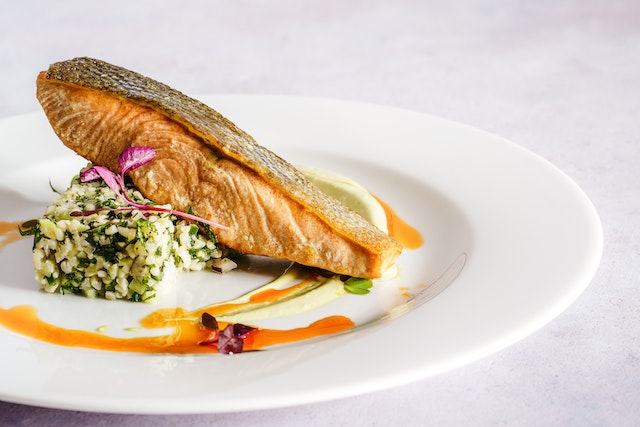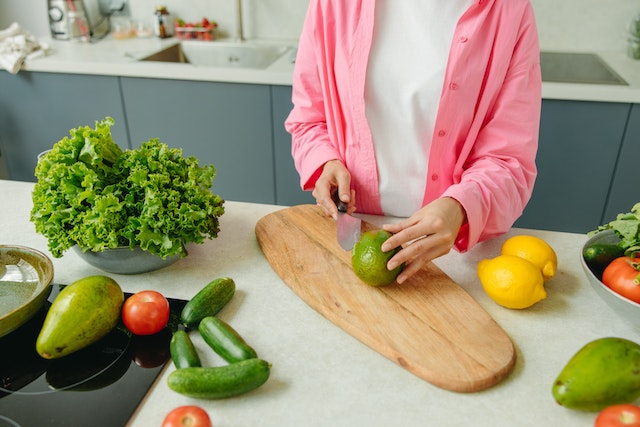A food contact surface is a surface that comes into contact with raw, cooked, or processed foods. Food contact surfaces include countertops, tables, and dishware. This article guides you through what three characteristics must food contact surfaces have!
Food Surfaces and Its Effect on Your Health – Animal Research Reveals
What we eat is a reflection of our lifestyle. It determines how we feel, think and act. The way food is prepared also affects our health.
The food surfaces that we use each day, whether it’s a kitchen counter, a desk, or a table, can be a breeding ground for bacteria and other microbes.
It’s important to keep these surfaces clean and sanitary to reduce the risk of food poisoning.
If you want to know more about how food surfaces affect your health, then read this article and learn what you need to know.
What Three Characteristics Must Food Contact Surfaces Have in Every Kitchen
Food contact surfaces are the places where food is prepared, cooked, and served. This includes the cooking surface, cutting board, countertops, and table tops. 3 characteristics should be present in every kitchen:
-Non-toxic and safe to use
-Easy to clean
-Easily sanitized
How to Keep the Kitchen Safe from Harmful Allergens with 3 Simple Steps
Allergens are the cause of many cases of food poisoning. A kitchen is a place where most people have contact with allergens and it is important to keep this area safe from harm.
All you need is time, effort, and tools to keep your kitchen safe from allergen-related illnesses.
The 3 simple steps include:
1) Cleaning
2) Sanitizing
3) Covering
What Qualities Make for the Perfect Food Contact Surface?
Contact surfaces such as kitchen counters, tables, and chairs are the perfect place for bacteria to grow.
Bacteria, in turn, can cause foodborne illnesses and other diseases. This leaves us with a dilemma: what is the best material to use in these areas?
Some materials that are commonly used are stainless steel and porcelain. However, these materials have some drawbacks. For example, porcelain is porous and can trap bacteria inside of it which will then spread to other areas of the home or business. On the other hand, stainless steel is resistant to stains but is also a magnet for bacteria due to its rough surface.
To make sure your contact surfaces stay clean without sacrificing durability or style, you should use glass-ceramic composites that offer both durability and style without being porous or attracting bacteria.

How can you make your perfect countertop?
Countertops can be a difficult and time-consuming process to do on your own. If you are not a professional, then you should consider hiring a contractor who can help you with the process.
If you are looking for an alternative to purchasing a countertop from the store, then there is no need to worry. You can make your perfect countertop by following these steps:
-Make sure that the surface is clean and dry before applying any sealer or coating.
-Apply sealer or coating in continuous 3-foot wide strips across the surface of the countertop.
-After each strip has been applied, wait at least 24 hours before applying another coat of sealer or coating.
FAQs
What is the difference between food contact surfaces and food processing equipment?
Food contact surfaces are the physical objects that come into contact with food. They are usually made of plastic, metal, or wood and are designed to be cleaned by food-contact cleaning agents. Food processing equipment is used to process food in various ways including grinding, mixing, heating, cooling, and other types of processing.
Food processing equipment includes items like mixers and blenders. Some equipment is also used for packaging or sterilization purposes.
What are the different types of food contact surfaces?
The food contact surfaces are the surfaces that come in contact with food. These surfaces can be made of different materials.
There are two types of food contact surfaces –
1) Non-porous
2) Porous
What are some benefits that come with using food contact surfaces?
Food contact surfaces are used in the food industry to protect food from contamination. They can be made from a variety of materials such as plastic, metal, rubber, and paper.
Some benefits that come with using food contact surfaces are:
– Preventing cross-contamination.
– Reducing the risk of contamination.
– Improving hygiene and safety in the workplace.
– Reducing waste by reducing the need for disposable storage containers and utensils.
How do I clean my food contact surface?
If you have a food contact surface that is hard to clean, then you can use soap and water. However, if the surface is really dirty and needs a deep cleaning, then you should use a product that has been approved by the FDA.
You should not use abrasive cleaners on your food contact surfaces because they can cause damage. You should also avoid using harsh chemicals or detergents because they can corrode your equipment.
If you want to clean your food contact surface using soap and water, then make sure to thoroughly scrub the surface with a soft brush or cloth first to remove any remaining crumbs or dirt. For stubborn stains, soak the cloth in water before scrubbing it on the surface. Rinse off all of the soap residues with clean water after cleaning up your food contact surface.
Abrasive cleaners are not recommended for cleaning food contact surfaces because they can cause damage to them and the utensils used for cooking purposes.





